About this place
Known as one of Western Australia's best beaches, Turquoise Bay is the perfect spot to spend the day relaxing, swimming and snorkelling. The white, sandy shores give way to clear waters harbouring a plethora of marine life. Dive into the pristine waters at Turquoise Bay and be in awe of the abundance of life and beauty of Ningaloo Marine Park.
The best snorkelling is accessed via the Bay Loop parking area which is towards the northern half of the bay, well away from the potentially strong currents found at the sandy point at the southern end of the bay.
Park at the Drift Loop parking area to access the popular drift snorkelling site south of Turquoise Bay’s sandy point. A natural current flows from south to north taking you over beautiful corals.
Walk approximately 200m south of the track that leads you on to the beach from the Drift Loop parking area. Enter the water at the southern end of the beach and let the current take you over the reef for a fantastic snorkelling experience.
Currents can be strong at Turquoise Bay, especially around the sandbar located at the southernmost point of the bay loop and the northern end of the drift loop, so please take care.
Please remember that this beautiful spot is in a sanctuary zone in Ningaloo Marine Park so look but don't take.
Safety information
Plan when to visit. Read this safety information about swimming. Consider travelling with a personal location beacon (PLB). In the event you need to be rescued it could save your life!
Dangerous currents can occur at Turquoise Bay. If there are strong currents, stay on or near the beach. For your safety, please read the signs installed at beach entry points.
- Inexperienced swimmers should not swim or snorkel in strong currents, especially if unaccompanied by an experienced person. If you are an inexperienced swimmer wishing to snorkel and are unable to find an experienced person to accompany you, seek the services of a licensed tour operator.
- It is your responsibility to ensure you have the required level of experience. Never snorkel alone, if in doubt, don’t go out.
- Great care needs to be taken when swimming in strong currents. Strong currents are usually confined to the beach immediately west and south in the Bay loop and west and north in the Drift loop and are caused by a build-up of water in the lagoon in front of the reef. Large waves and high tide levels contribute to the amount of water in the lagoon that needs to escape through the gaps in the reef. Inexperienced swimmers should not swim or snorkel in strong currents.
- Before entering the water, you should assess the current from the beach and seek advice from others with sound local knowledge. If unsure, be cautious and simply enjoy the beach or swim well inside the bay where there is less likelihood of encountering strong currents.
- Park Rangers do not regularly patrol the beaches at Turquoise Bay.
Watch the Safe Snorkelling video or at the Milyering Discovery Centre before you take to the water.
Western Shield - The Department of Biodiversity, Conservation and Attractions undertakes 1080 baiting at this location to reduce the impacts of feral cats and foxes on native wildlife.
Meat baits containing 1080 poison are laid in or around this area on an ongoing basis. 1080 is poisonous to humans and will kill domestic cats and dogs. Pets are not permitted in this park.
For further information contact your local Parks and Wildlife Service office or visit Western Shield.
Gallery

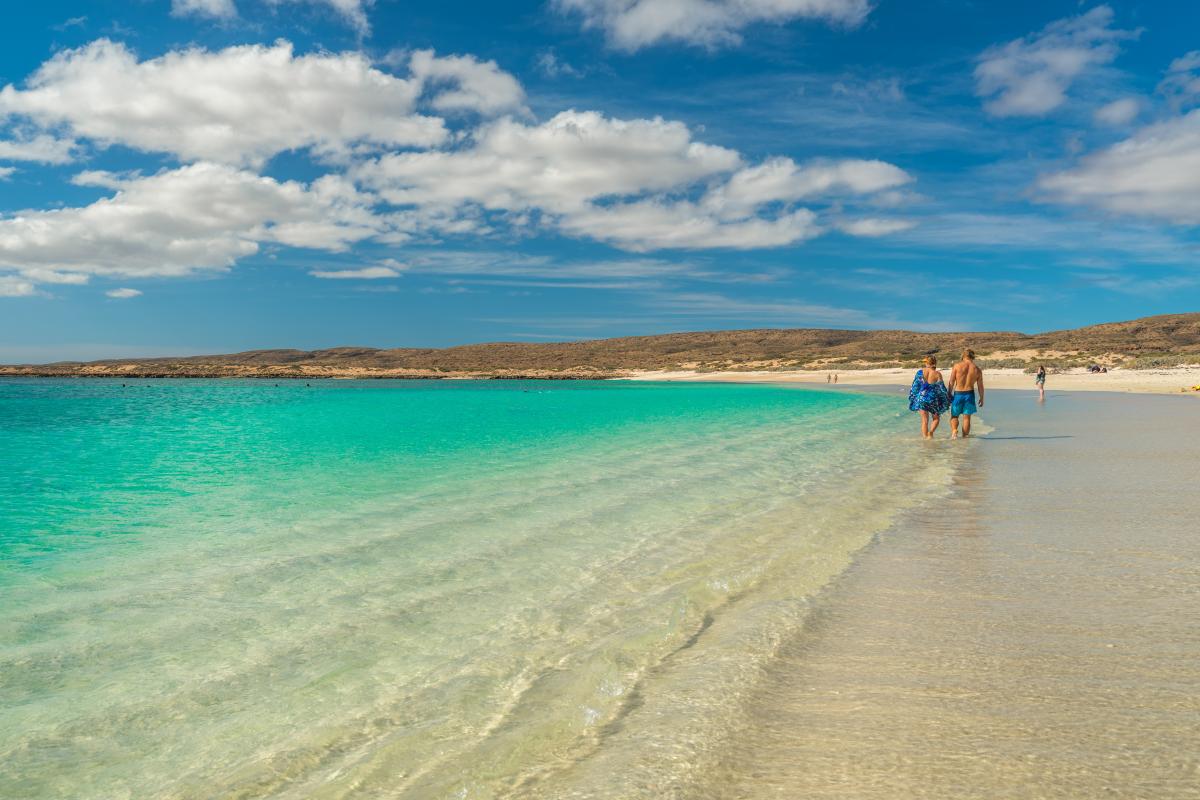
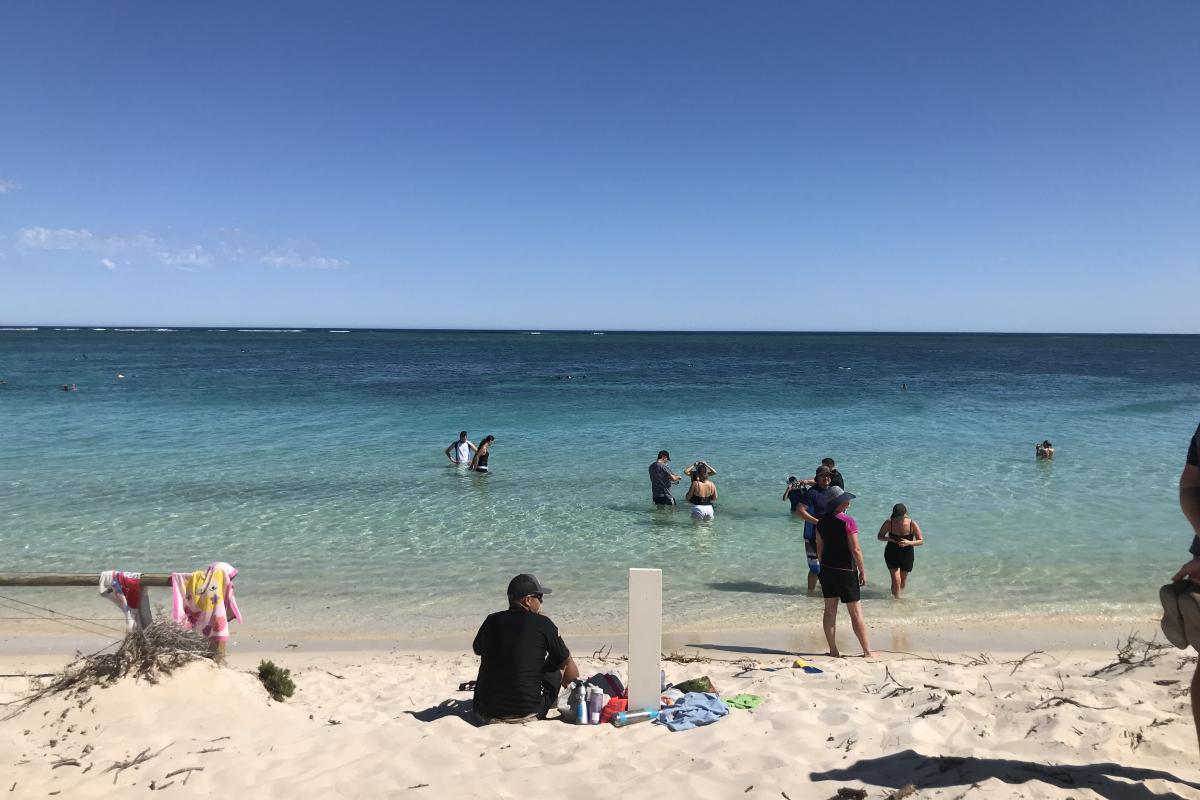
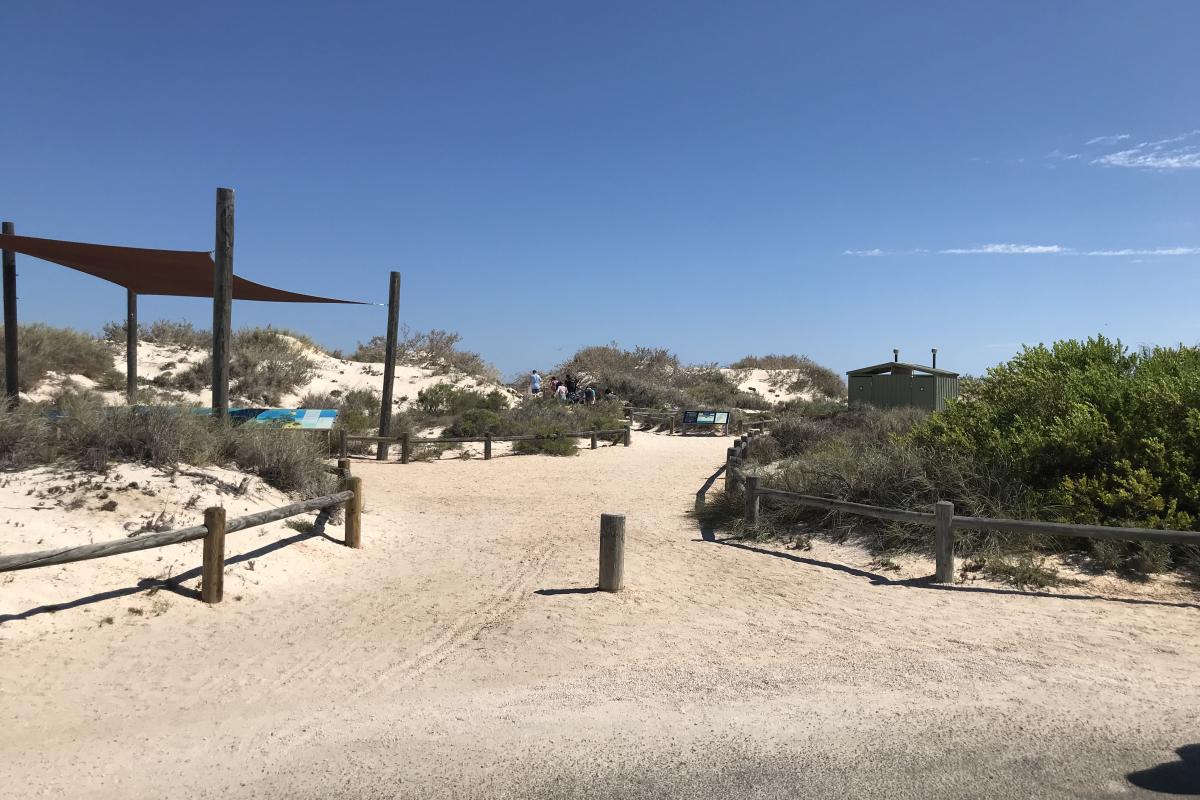
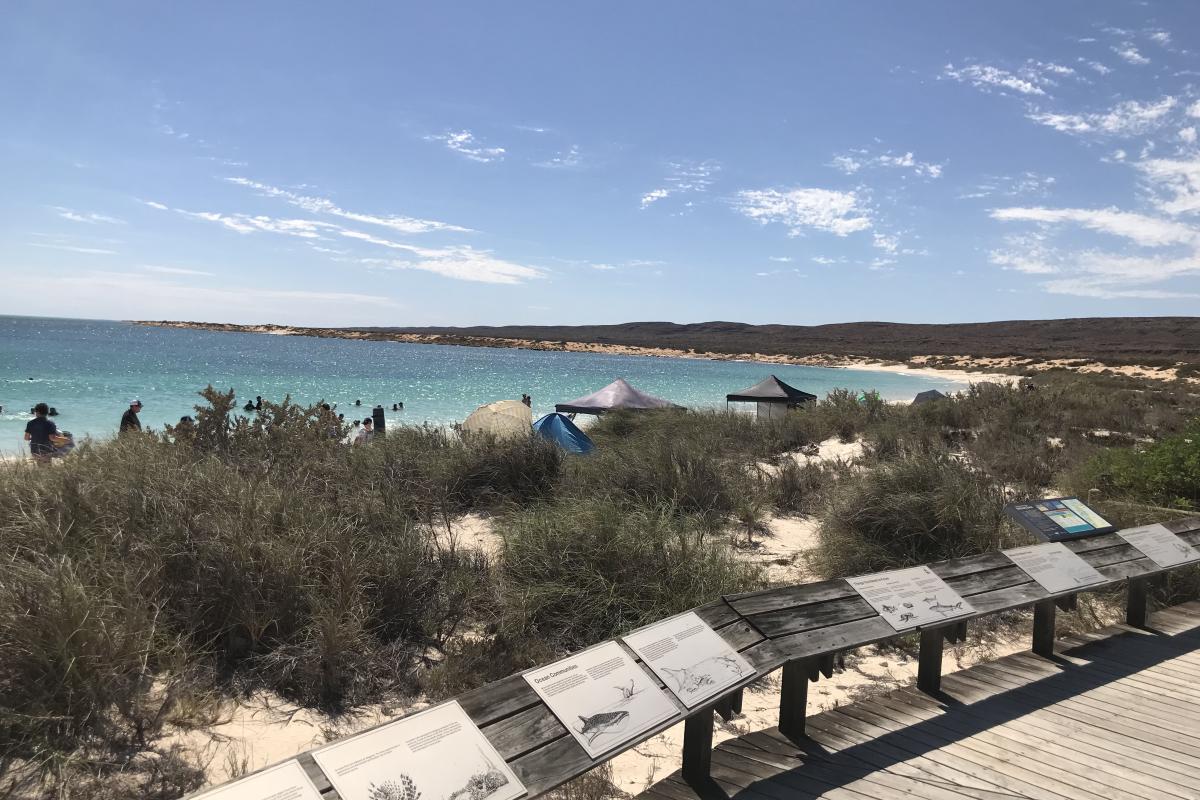
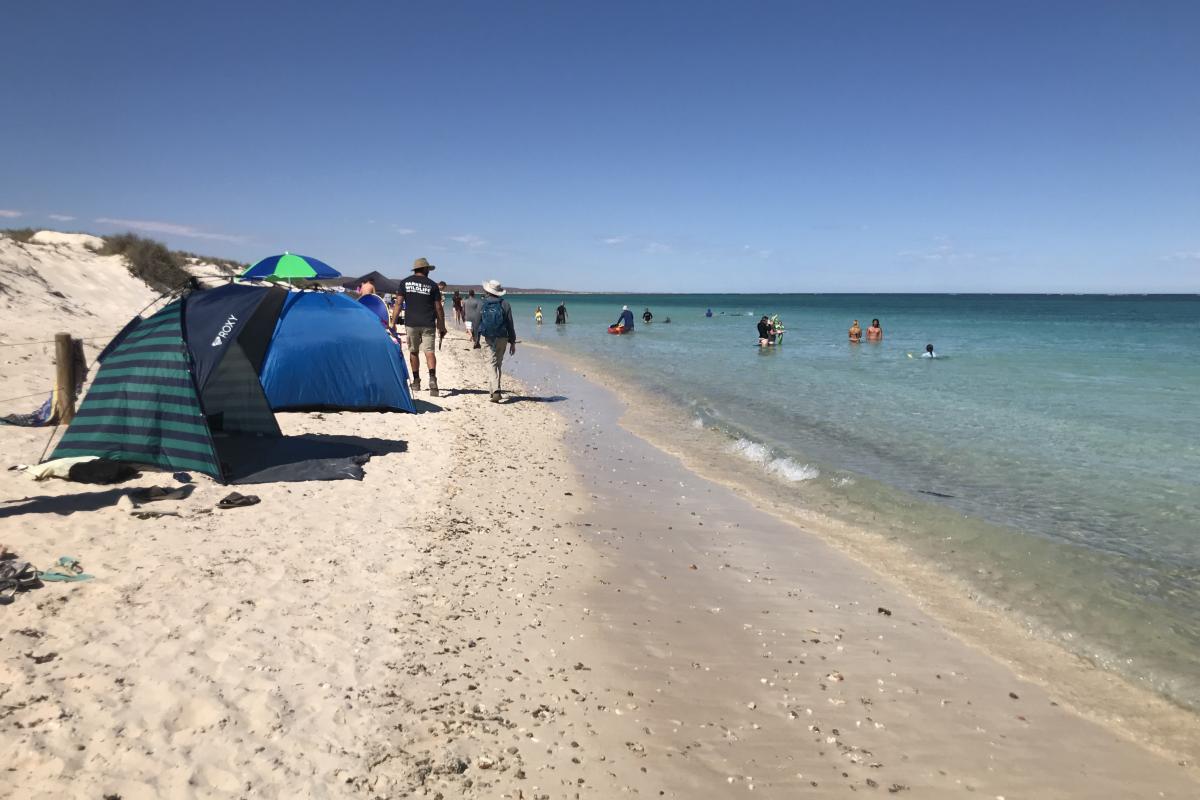
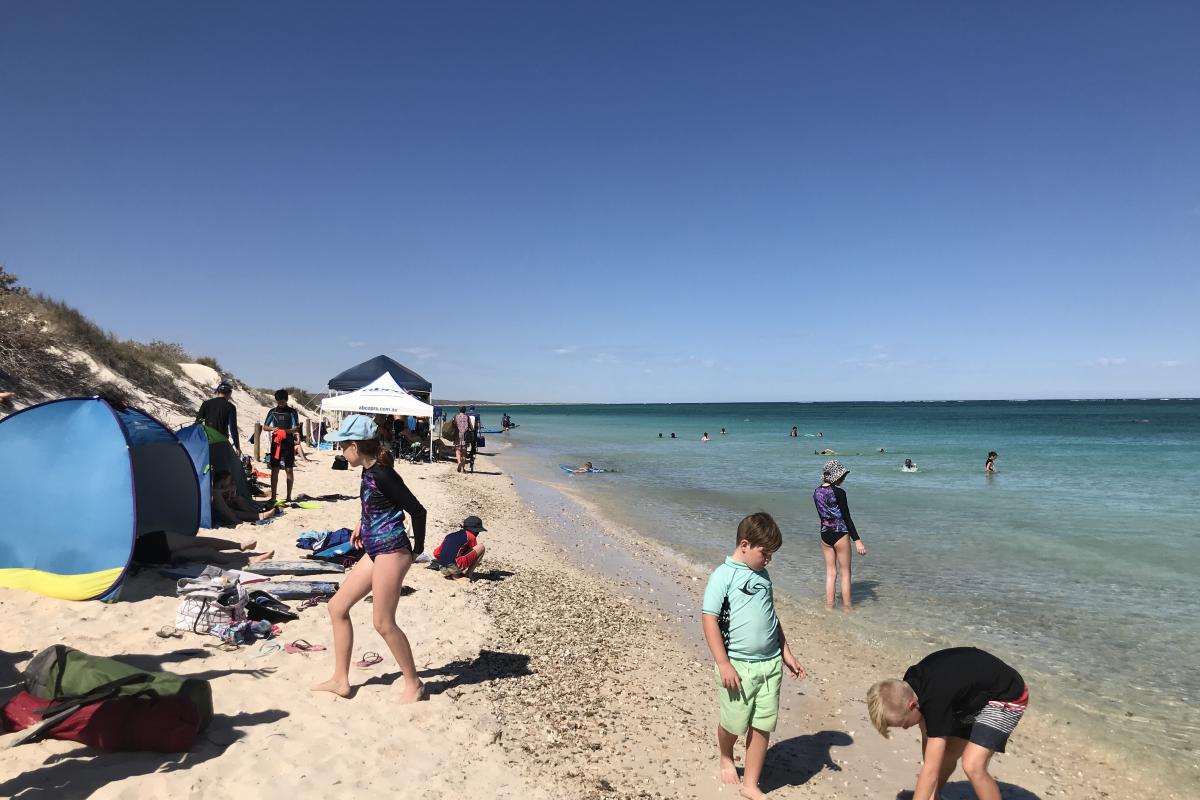
Facilities
Toilet
Lookout/Deck
Activities
 Scuba diving
Scuba diving
 Snorkelling
Snorkelling
 Swimming
Swimming
Plants, wildlife and fungi
Visit the Atlas of Living Australia for a list of species recorded within a 5km radius of Turquoise Bay.
Traditional Owners
We recognise and acknowledge Baiyungu, Thalanyji and Yinigurdira people as the traditional owners of Cape Range National Park and adjoining Ningaloo Marine Park. We are proud to be in joint management with the traditional owners to look after these special areas for future generations to enjoy.